Waterville to Caherdaniel 13km + 2km back to the supermarket at the beginning + 1km at the end to our B & B
Quite a contrasting day to yesterday. A steady climb up onto undulating paths traversing Farraniaragh Mountain with the sea ever-present and superb views of inshore bays and islands and in the distance the Beara peninsular.
We passed the ruins of a one room stone house. This was the house of a piper known as An Píobaire Buí. The story has it that on his return late at night from fishing on Ballinskelligs Bay, beautiful airborne music followed him from Rineen pier to his house. Once home, he began to play the mysterious tune on his pipes. But on hearing the dancing of tiny feet outside his door, he knew it was fairy music, and never played the tune again.
High on a ridge overlooking the ocean we saw the silhouette of a lone building. At the beginning of the 19th century there was widespread expectation that Napoleonic forces would attack England using Ireland as a back door. Such attempts had already occurred at the end of the previous century. Coastguard stations were placed strategically, high on hills where they commanded wide views of the sea and were visible to each other for signalling purposes.
We also passed above a stone fort or ring fort. We had lunch in an unimpressive earthen fort in Ventry on the Dingle Way but this is a stone fort (called a cashel) probably built as a homestead in the period 500 – 800 AD. It is basically a stone encircling wall with stone dwellings inside. The inhabitants were largely self-sufficient and it was not uncommon to have neighbouring forts some of which may have been used to pen livestock. Stone forts represent the best examples of non-ecclesiastical monumental architecture which survives in Ireland from before the time of the Normans.
For a while we could also see the steep and rugged outlines of two rocky islands, Skellig Michael and Small Skellig, 12 kms offshore. In the 6th century Christian monks settled on Skellig Michael and over six centuries built a remarkable group of chapels and ‘beehive’ cells. They left the islands in the 12th or 13th century to live on the mainland at Ballinskelligs.
Today we also saw our first wedge tomb. This type of tomb is typical of Neolithic and Bronze age communal burials. The tombs generally consisted of a chamber formed by upright slabs and a large capstone, with an open portico to the front, usually facing towards the south-west. Cremated remains as well as personal possessions were placed in the chamber.
Caherdaniel is a tiny little hamlet at a T intersection in the road. About a dozen houses, a Texaco petrol station, two pubs, a hostel and a curiosity shop. There was a sign advertising ‘seaweed workshops’. Remembering the lovely lady in Dunquin with Ireland’s best rhubarb crumble, whose secret was to use seaweed, I was tempted to enrol.
The day was slightly cool, perfect for walking, overcast and a bit of a head wind. Coming down off the hill side we passed through very pretty hazel woodland. For the last half hour the drizzle set in and we got very wet.
Our accommodation tonight is at The Old Forge about a kilometre beyond Caherdaniel. They don’t serve evening meals so we had the option of either walking back to Freddies Bar or the Blind Piper Pub in Caherdaniel or going on another kilometre to O’Carroll’s Cove Beach Bar and Restaurant. It is persisting down with rain so have decided to stay put and stretch out what is left of our lunch.
Old Irish proverb of the day: One look ahead is better than two looks behind.
- Waterville
- Waterville
- Waterville
- Clifford’s B & B
- Waterville
- Currane River
- Looking back at Waterville
- The Piper’s House
- Coastguard Lookout near top left
- Stone Fort
- Skellig Michael and Small Skellig
- Stone Fort
- Wedge Tomb
- Wedge Tomb
- Hazel woodland
- Hazel woodland
- Darrynane Bay
- Caherdaniel
- Caherdaniel
- The secret to good rhubarb
- The Old Forge
- The Old Forge
- The Old Forge



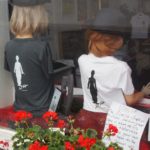

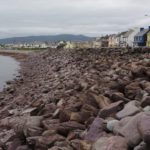
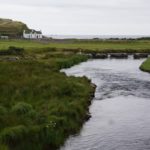
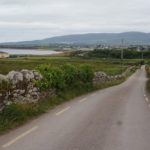

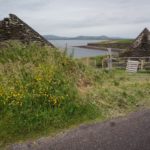
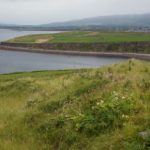
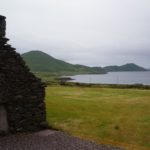
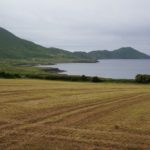
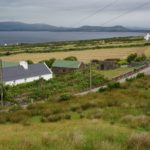
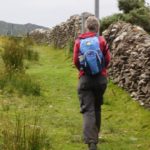
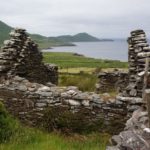
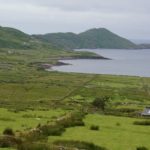
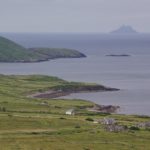
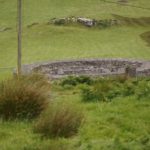
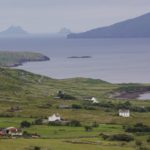
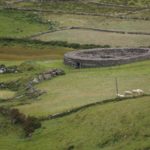
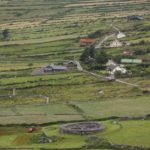
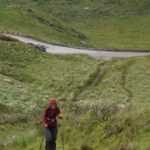

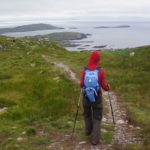
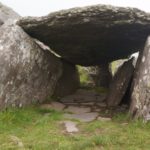
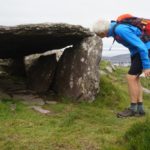
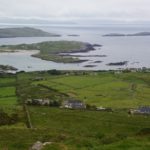

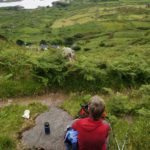
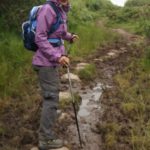
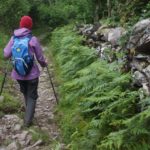
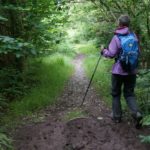

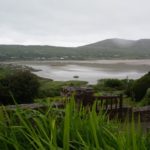
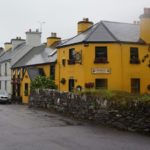
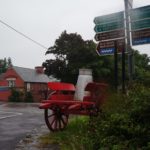


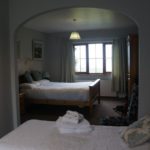

Stone work amazing. Looks wet but room looks very welcoming! Think I would have done the same!